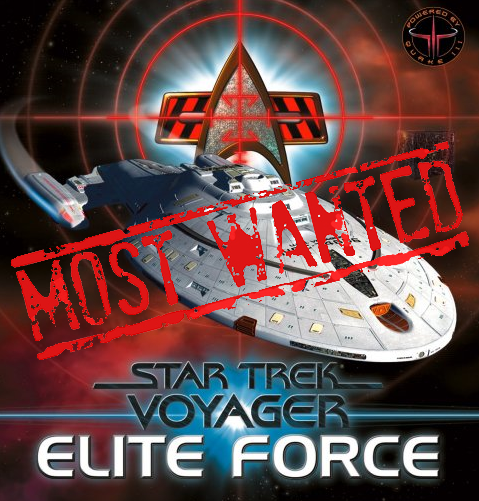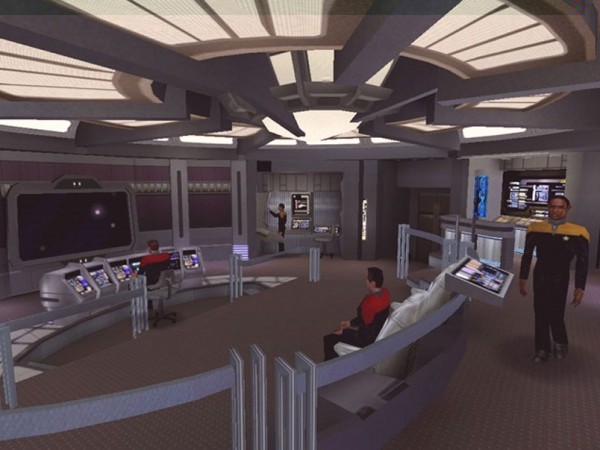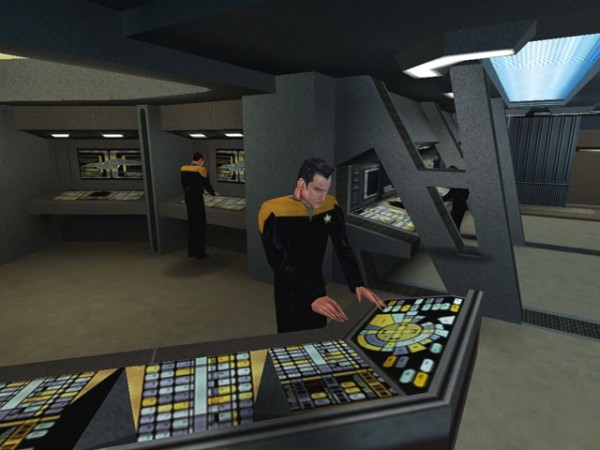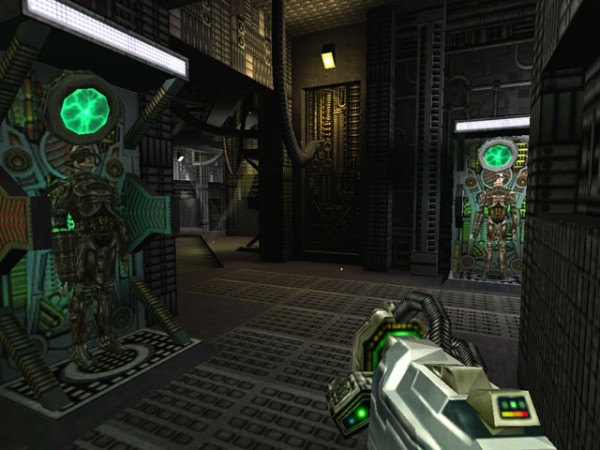XBLA’s Most Wanted: Star Trek Voyager Elite Force
Franchise-based games are either hit or miss, very rarely are they in between. Maybe it’s due to high expectations, maybe it’s the developer, maybe it’s the technology used. Whatever it is players often judge franchise games harder. Star Trek Voyager: Elite Force was a game that was a hit for every reason. It had the actual cast of Voyager providing voice work. It was powered by the Quake III Arena engine, the most powerful at the time. It was developed by a team with a history, both before and after Elite Force, of making amazing games. Most of all it was true to the source material while being true as a game. It’s an amazing title, and one that could easily be given a new life on Xbox Live Arcade.
What should change:
Light visual touch ups – This is one of those games that would look fabulous with a full out HD makeover, but it’s also meant to be an inexpensive title. That being said we don’t need the entire world here. The characters could use a remodel, it could use some higher-res textures, and it needs to output to 1080p. If a bit more is needed the game’s engine could be upgrade with the enhancements seen in the Xbox Live Arcade port of Quake III.
Cooperative metagame – Once again we don’t need the world. Any fan of the original knows that it revolves around a single character. We’re not asking for a story change here. What would be more than sufficient is a Halo-esque cooperative mode. Halo and Halo 2 don’t explain why there’s a second Master Chief, he’s just there and players accept that it’s almost a metagame. Similarly Elite Force wouldn’t have to explain where there are two of Ensign Alex Munro, players would just accept it.
What should stay the same:
Classic gameplay – One of the biggest issues with remakes is that they like to tinker with an established formula. Sometimes that’s warranted, but most of the time it’s not. Elite Force is one of those games that can speak for itself if you will. Playing through it was amazingly cinematic in 2000, and over 10 years later it still has the solid gameplay that many titles today lack.
Stellar cast – Let’s face it, when games use a sound-a-like instead of the original actor for a character it takes something away. There was something immersive about having the entire Voyager TV show cast in the game next to voice over veterans like Rino Romano and Thomas F. Wilson. We can’t imagine anyone else to portray the any cast member for the game. It’s a solid, electric cast.
Raven’s classic multiplayer – Raven Software were one of the kings of multiplayer in the early 2000’s. Three of the biggest multiplayer shooter titles came from them: Star Wars: Jedi Outcast, Star Wars: Jedi Academy, and Star Trek Voyager: Elite Force. Each evolved the vanilla Quake III gameplay into something that felt less about hardcore gaming and more about accessibility for everyone. It’s a formula that’s worked well for them, and one that works amazingly well here.
Why it would succeed:
Star Trek Voyager: Elite Force comes from a developer that’s proven its mettle time and again. From 1997’s Hexen II to 2004’s X-Men Legends to X-Men Origins: Wolverine in 2009 they’ve proven that they put their heart and soul in every game. The cast of Voyager did the same here. The end result is a game so masterfully crafted that over 10 years later we still pop it into our PC on occasion to remember one of the greats. The work to port and update this one would be minimal, leaving only the cost of licensing the likenesses and voices of the original actors. With the Star Trek film series recently rebooted and a new game coming out based on that reboot the time to look to the past has never been more clear.





